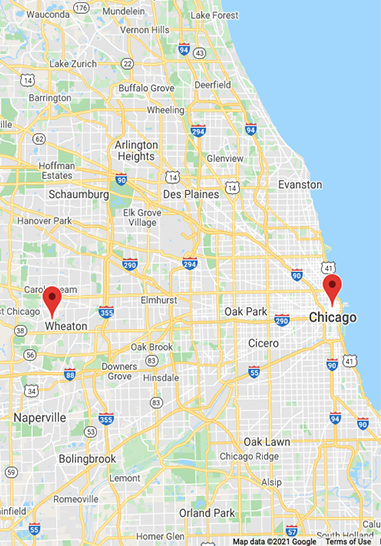Limiting Your Exposure Under the Check 21 Act |
by: Amy M. Gibson |
When the Check Clearing for the 21st Century Act (“Check 21 Act”), took effect on October 28, 2004, its scope seemed somewhat vague. Now, nearly six years later, the implications of the Check 21 Act are starting to become much clearer. The Check 21 Act allows the recipient of an original paper check to create a digital version of the check – a “substitute check”- effectively eliminating the need for further handling of the original paper check. The Check 21 Act also allows anyone to use a computer scanner to capture images of a check and deposit it electronically. This process is known as “remote deposit capture.” While the Check 21 Act benefits banks by allowing them to process checks very quickly, banks must beware of their potential liability to other parties which later receive the “substitute check” or the original paper check for presentment. In order to avoid potential liability under the Check 21 Act, banks should be familiar with the requirements and warranties of the Check 21 Act. When a bank accepts a “substitute check” and receives consideration for the check, it warrants that: (1) the substitute check accurately represents all of the information on the front and back of the original paper check as of the time the original paper check was cut; Some examples of a subsequent bank’s negligence, failure to exercise ordinary care or act in good faith include, but are not limited to, the following: • Permitting a customer to withdraw the proceeds of a check before they become available; |
225 W. Washington St.Suite 2800Chicago, Illinois 60606
301 S. County Farm RoadSuite AWheaton, Illinois 60187



